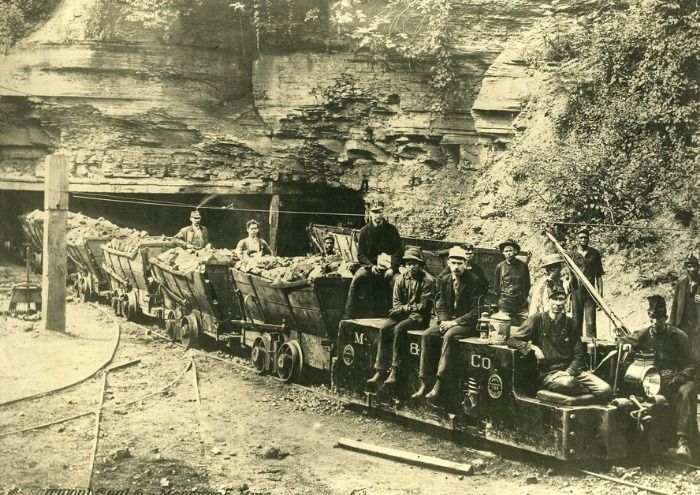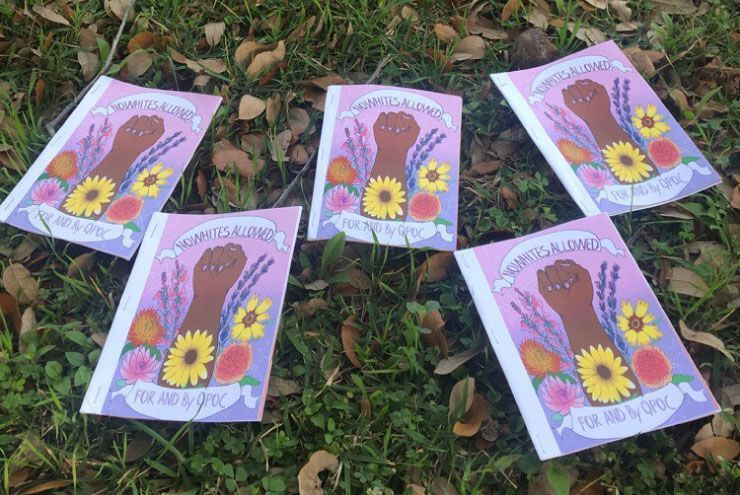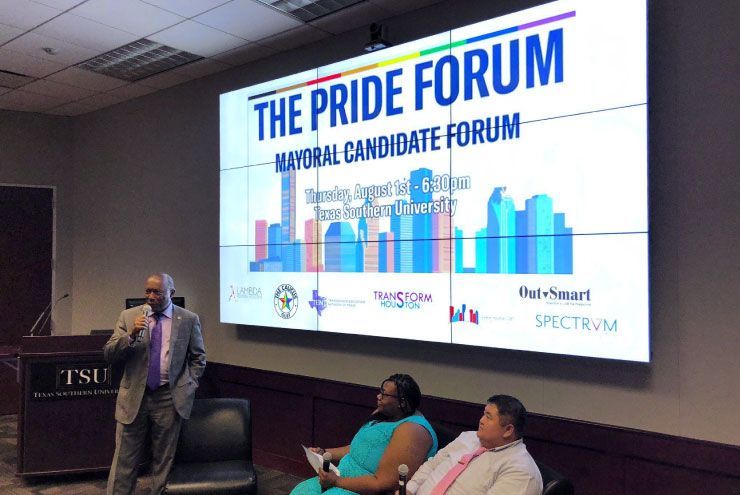By Dr. Laura McGuire
In 2018, I authored a piece on my queer redneck roots—a powerful reckoning with my past. For the first time on paper, I told the world about my seemingly dichotomous identities as both an Appalachian and a queer person. I spoke openly and honestly in ways I haven’t before, at least not on such a large platform. I paid the price, too. Family members whom I mentioned in that piece severed ties. It hurt, but it was also a long time coming. Speaking the truth acts as life’s pruning shears, clearing away relationships and beliefs that no longer serve us. This cleansing can be painful, and when we first look at the aftermath, it can seem like there isn’t much left to our lives. But give the flora that is our life time to regrow, and we often find that our new reality is beautiful and resilient in ways it wasn’t before.
Now in 2020, in this year of great unrest and uncertainty, I am reflecting anew on what it means to be a queer redneck. Being a history and English teacher, this led me to an exploration of the history and etymology of the term “redneck.” Like the word “queer,” it is a term often used to demean and describe people seen as “less than” in a pejorative and humiliating manner. In recent years, however, it has been reclaimed, though often without a holistic understanding of what being a redneck means.
While the full history of the term’s original use is debated by historians, the word gained popularity and its deeper meaning in the 1920s. Appalachian miners had been treated poorly for years. The companies running the mines saw them as disposable; workers made up of marginalized and generationally impoverished people—poor immigrants, Black Appalachians, and hillbillies. The mining companies tried to sow discord among the classes and races that worked in the mines and mining towns—they knew that if they were divided, they could conquer. Yet, the miners weren’t buying it. They came from different communities, cultures, and belief systems, but shared a common experience—oppression and the desire to provide a better life for those around them. Inspired by the unifying experience of marginalization, they began some of the first unions in the South.
The battle of Blair Mountain marked the height of the redneck uprising. In 1920, exactly 100 years ago this year, the company that controlled the mines of Blair Mountain in West Virginia started violently suppressing the miners who had started to organize and ask for better working conditions. These miners distinguished themselves by wearing distinctive red scarves around their necks—and thus, the term “redneck” was solidified through this experience. The next year, in 1921, the workers gathered in numbers estimated over 10,000 and went to war with the company representatives. This war was so intense and bloody that it had to be stopped by federal forces. Though the miners did not win automatically, their efforts inspired decades of unions and workers’ rights reform.
In the mid-1980s in England, the LGBTQ community and miners would also form an alliance through their shared experience of oppression. At the time, legal changes in the UK had negatively impacted mining towns, leaving thousands without jobs or resources to survive. A local LGBTQ organization started to gather funds at bars and pubs to support these families. Touched by the outreach from the queer community, the mining community rallied for Pride parades and canvased for gay rights for years to come.
The original rednecks were people from a myriad of communities drawn together to overcome their oppressors. This year, queer people and rednecks of all identities have a unique opportunity to once again remember what it means to join forces and to change our lives and those of future generations. Just like our queer and redneck ancestors, this fight won’t be easy. But it is worth remembering how finding commonalities in our struggle for safety and recognition is ingrained in our history and is part of what being a true redneck is all about.







